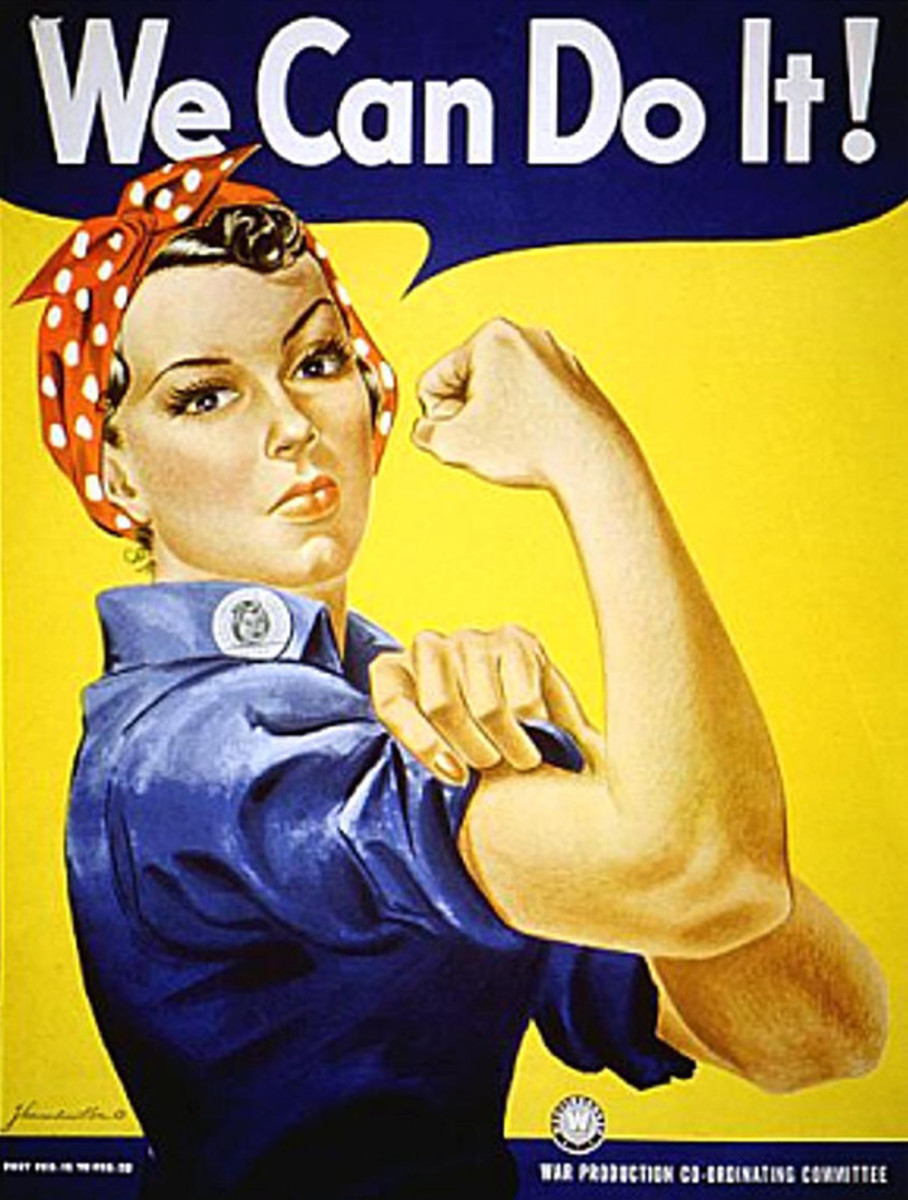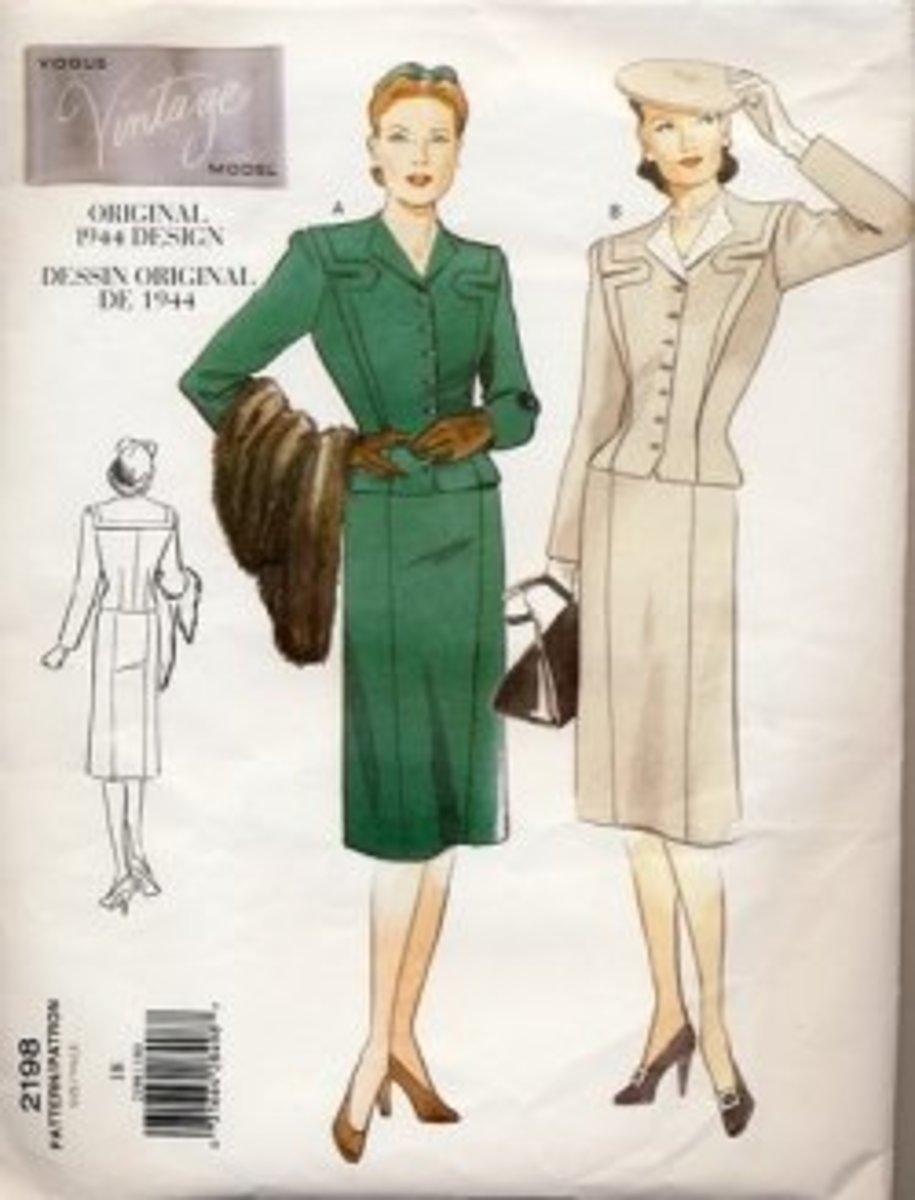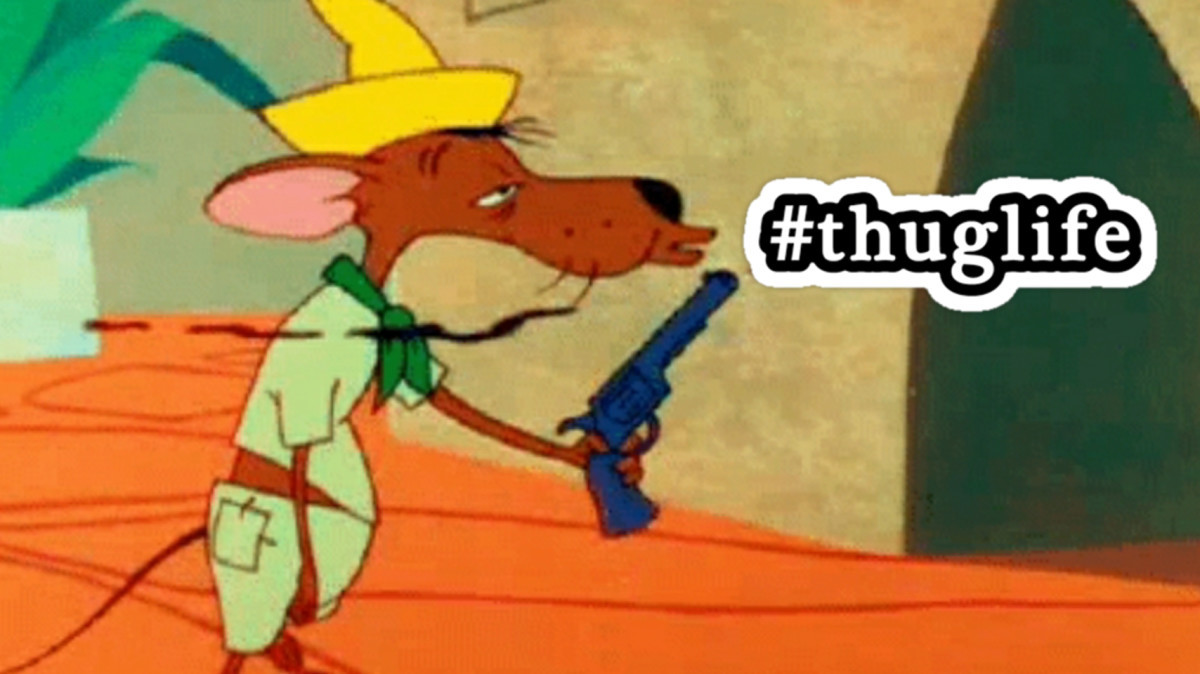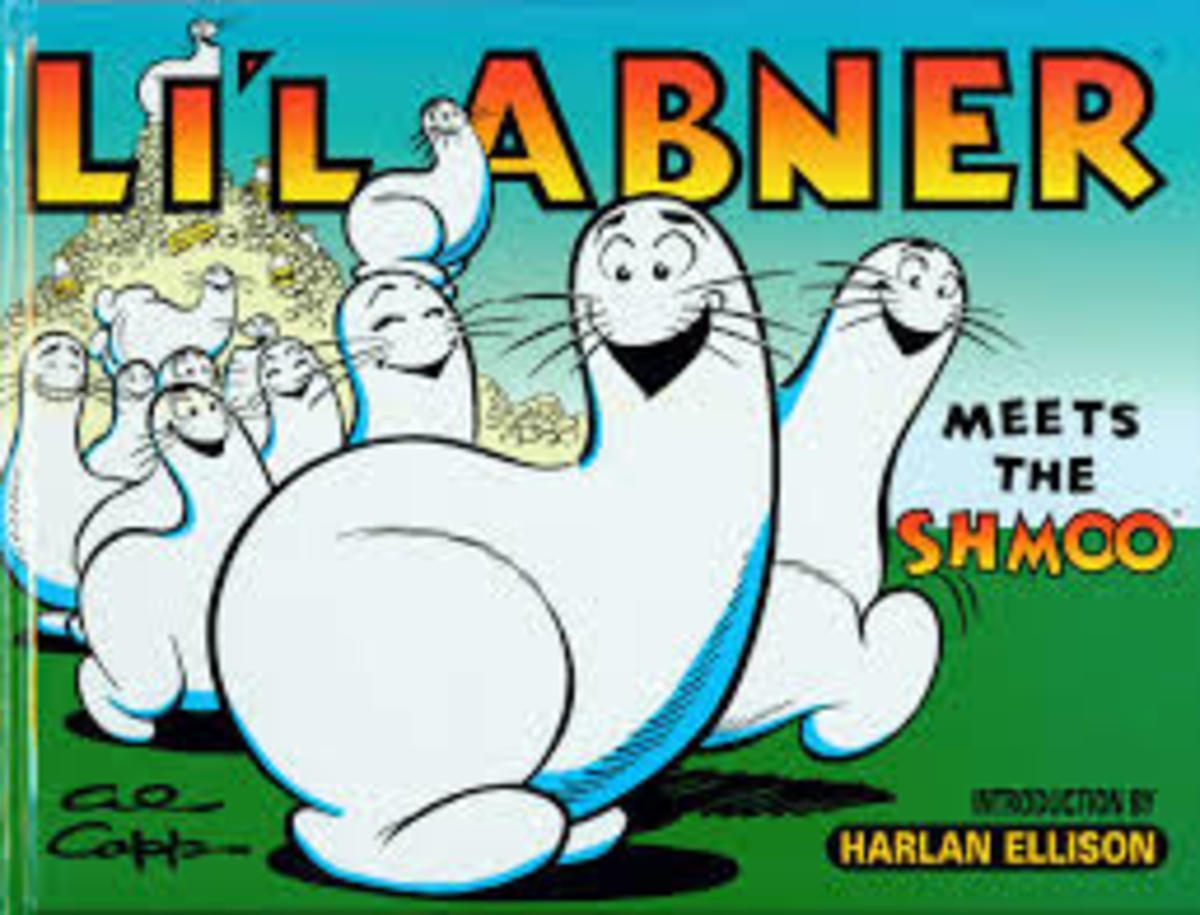When Donald Duck, Bugs Bunny and Other Cartoon Characters Went to War
World War II Was Different
Unlike the wars in Iraq and Afghanastan or the Vietnam or even the Korean War, World War II was an all out war in which the entire nation was mobilized and participated in one way or another. In addition to the 16.1 million men (many of whom were drafted) and women who, according to the U.S. Census Bureau, served in the U.S. Armed Forces during that war, practically everyone else participated in some manner.
Many were employed in defense related industries and other civilian support positions. Many also volunteered as air raid wardens, blood donors, volunteers at USO centers, etc. Just look at Jimmy Stewart's character, George Bailey's, activities as a volunteer in Frank Capra's classic It's a Wonderful Life and you will get an idea of civilian life in America during the war.
Finally, everyone, civilian workers, volunteers and those too young or too old to participate in other ways, had to make do living in an economy which directed almost all of its resources toward the war effort with the result that few consumer goods (including no civilian cars) were produced and of these many such as gasoline, sugar, meat, etc. were severely rationed.
A Technical Training Film for Riveters that used Animation Rather than Real Riveting
Movie Industry was Critical to the War Effort
Even the movie industry was not spared, as studios, actors and cartoon characters were recruited to help with the war effort. Many actors, including former President Ronald Regan, were drafted into the Army and put to work making training and propaganda films. While never formally inducted into the Armed Forces, Mickey Mouse, Donald Duck, Bugs Bunny, Daffy Duck and countless other cartoon characters went to work acting in films instructing soldiers, sailors and civilians on a range of skills. They also went to work appearing in propaganda films designed to inspire the population to keep supporting the war as well as encouraging them to show their support with actions such as conserving scarce food and other materials necessary for the war effort as well as doing things like paying their taxes and purchasing war bonds (which is what Savings Bonds were called in those days).
Following the attack on Pearl Harbor, there was a huge outpouring of support for President Roosevelt's call for a Declaration of War against the Axixs Powers. This was similar to the support former President Bush received for his calls for the Afghan and Iraq wars following the terrorist attacks on the World Trade Center and the Pentagon in Washington.
Unlike Presidents who presided over recent wars, Franklin D. Roosevelt assumed enormous power for himself and the government and used that power to keep the entire nation focused on the war while, at the same time, maintaining support and enthusiasm for the war. With 16.1 million men and women in the Armed Forces, out of a total 1940 population of 132,164,569 there were very few people who did not have one or more relatives or friends in the military and this provided most people with a personal stake in the war and its outcome.
Stop That Tank - A Training Film with Humor for Canadian Army
War Bond Commercial Featuring Bugs Bunny and Porky Pig
Disney Cartoon Characters March in Front of Parliament Promoting Canadian War Bonds
Donald Duck Encouraging People to Pay Taxes
Animation Goes to War
Like other Americans, Hollywood and the movie industry closed ranks and supported the war effort en mass. While Walt Disney and other studio executives personally supported the and willingly shared the sacrifices needed for the war effort. While nearly everyone in the industry supported the war, when it came to producing the films needed for the war effort they really didn't have much choice in this as the government, having drafted a large portion of their actors and other workers, controlled much of the highly skilled labor needed for movie production as well having the financial resources that allowed them to be the major consumer of the studio's output. Thus, in addition to the training films it needed, the government was also able to see to it that films produced for public consumption had pro-war, patriotic themes.
One of the earliest films produced by the Disney Studios for the war effort was a training film entitled Four Methods of Flush Riveting (see first video above) which was produced for the Lockheed Aircraft Co. The combination of having to increase aircraft production for the war effort while, at the same time having many of its male employees drafted into the military, Lockheed was forced to quickly train many new employees for its production line including many women - the famous Rosie the Riveters.
Stop That Tank is another cartoon produced by the Disney studios for the Canadian Army. This is part 1 of a two part cartoon produced in 1942 to train Canadian soldiers on the use of the Boys Anti-Tank rifle. The rife was named in honor of British Army Captain H.C. Boys who developed the rifle in 1937. This cartoon entertained as well as trained and its humor was probably instrumental in keeping the soldiers focused on its message.
The next two cartoons at the right were produced to be shown in theaters. In the 1930s, 40s and 50s cartoon shorts usually preceded the main feature at movie theaters and, during World War II, the cartoons usually had a war theme. These two cartoons, the first, produced by Warner Brothers studios, featuring Bugs Bunny and Porky Pig encouraging American audiances to purchase war bonds and the second, produced by the Disney Studios, featured a number of Disney cartoon characters in a parade with Parliament in the background, encouraging Canadians to purchase war savings bonds.
War Bonds were sold in all of the nations on both sides involved in World War II (and also in World War I). Despite claims that the governments selling the war bonds needed the money they generated, revenue was not the main purpose for selling the bonds. The U.S. and other other governments were getting most of the money they needed to finance the war from taxes and the tax revenue combined with the governments' extensive control over the economy of each nation gave them the war supplies they needed. Instead, the purpose of the bonds was two-fold. Buying bonds provided civilians with a way to participate in the war, making the bonds a morale booster. The bonds also helped the government to reduce the amount of money in the hands of the civilian population thereby helping to keep inflation in check. With civilian employment at record levels and consumer goods almost non-existent massive inflation was a real threat.
While War Bonds were primarily a means of boosting civilian morale and keeping inflation in check, taxes provided the money needed by the U.S. Government to win the war and the income tax was the ideal vehicle for this. Originally sold to the American people as a tax on the rich, the tax rapidly expanded to include the incomes of citizens of all income brackets. Taxes are never popular and it required more than just the war to get people to pay their willingly pay their taxes. The Donald Duck cartoon at the right is basically a commercial designed to sell American citizens on the idea of paying their income taxes (Note: this cartoon was produced and shown before the government instituted payroll withholding - people at that time received their full pay and were then supposed to calculate and write a check to the government every three months to pay their taxes. Despite the Disney cartoons exhorting people to pay their taxes, the government soon began simply taking the taxes from everyone's pay before the employee received it.)
To Win the War Everyone Had to Do Their Part
The goal of the Allies in World War II was the total defeat of the Axis powers and this required the near total mobilization of the entire nation. A large portion of the population was directly involved as members of the Armed Forces, but the rest of the population was also involved in producing the material needed for the war and in going without the consumer goods the production of which was greatly reduced or even halted so that resources could be devoted to war production.
To win a war of World War II's magnitude required the participation of all and this included the stars of our favorite cartoons.
"Out of the Frying Pan into The Firing Line" - Winning the War with Bacon Greese
Donald Duck Gets Drafted (1942)
Plane Daffy - Daffy Duck vs a Sexy Nazi Agent







